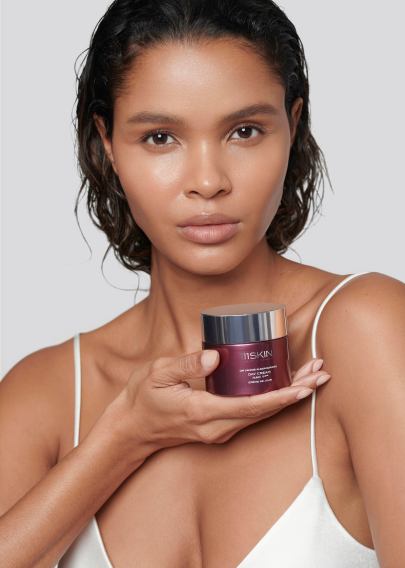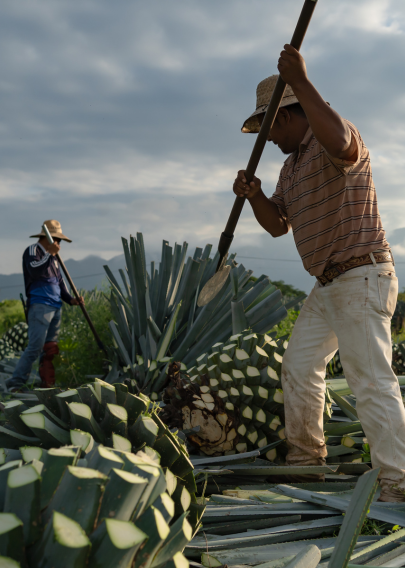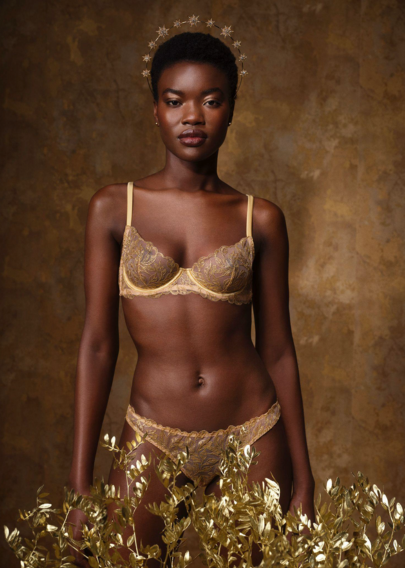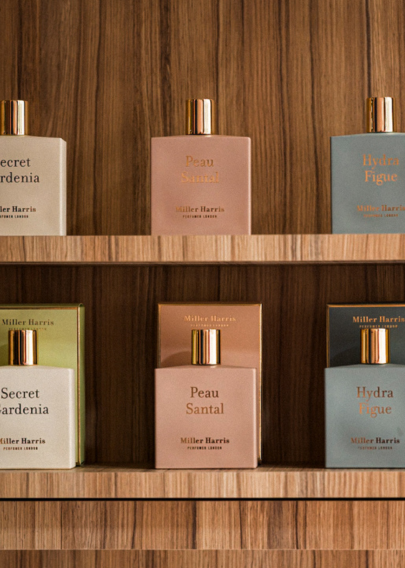As part of our ongoing commitment to sharing positive brand stories and actions from our community, Making a Difference highlights the often unsung individuals across the luxury industry making a positive impact. It is our hope that this series will be an inspiration to people working in sustainability and show professionals – particularly at the start of their career journey – the many routes there are to making a difference. This month the spotlight is on Bamford Designer & Sustainability Specialist, Julia Knight.
. . .
What qualifications do you have? Did they play a role in getting you where you are today?
I have always had a keen interest in sustainability in both my professional and private life, but I have never had any formal training in the subject. My background is in design, and I have a degree in Fashion from Kingston University. At university I identified that I did not want to go into the fast fashion industry due to the detrimental impact it has on people and the planet. It was at university that my interest in heritage and craft really came into focus. My final collection was based on the ancient heritage of the AMA women, deep sea divers in Korea who dive for abalone and pearls. I was fascinated how this was a tradition practised by women well up until their 70’s, and with the modernisation of the local towns this craft was at risk of dying out with the late generation. Like this, so many traditional crafts are nearly extinct in the textile industry.
Have you always worked in sustainability? If not, what did you do before?
After graduating I joined Bamford as a Design Room Assistant which gave me the opportunity to shadow the department and identify where I could slot in. Working for a brand such as Bamford with a whole legacy of sustainable practice gave me the opportunity to continue educating myself further on the subject. I curated a library for the office of sustainable books, shared articles and organised presentations to the company. I had the opportunity to attend The Neonyt – Fashion Sustain Conference in Berlin, and the Copenhagen Fashion Summit to see the likes of Paul Polman speaking which was inspiring. Bamford created a nurturing atmosphere that helped me grow into my existing role. And I’ve been here going on 5 years now!
How did you end up in your current role?
My current role was crafted for me and it blends my work in design and sustainability in equal measure. This role is quite unconventional which is the charm of working within a smaller business, but I believe I am perfectly placed to collect information and gain oversight over the clothing collection’s sustainability metrics as I am involved in a lot of the day-to-day decisions. Also having the unique link to Bamford’s sister company Daylesford has been such an educational experience for me and I am learning each day about farming which is a joy! Our fashion supply chains are rooted in agriculture, so it is so interesting to have this context. We make every decision with soil health in mind.
What made you fall in love with sustainability?
From a young age I often felt overwhelmed by climate anxiety. However, working in sustainability feels like you are part of the solution, and not only that, but you have a community who are all united in this common goal. Working with our incredible makers and meeting the people behind our products is amazing. I love connecting with like-minded people, and there are so many, who want to make the most beneficial decisions for people, planet, and profit in tandem. Reading Fibershed by Rebecca Burgess lit a fire beneath me. It made me see that producing clothing can not only have a minimal impact on the Earth, but it has the power to be beneficial through rebalancing the carbon levels in our soil, to heal some of the harm we have caused our planet. Through championing local makers and working with indigenous fibres that naturally thrive in their existing climate, there is minimal input required. It feels nostalgic, returning to the way things were before.
What does your day-to-day look like?
My day-to-day can be quite varied! As my role is Designer and Sustainability Specialist, I split my time between these two subjects. I could be creating mood boards, liaising with our knitwear factories, sketching and designing or product developing any of our knitwear styles. Or alternatively, I could be working on our many exciting sustainability projects, researching innovations in the industry, running reports on our collections, working closely with Positive Luxury to investigate how we can gain more traceability, attending webinars, speaking with our mills and investigating what certifications are available in the fabric and yarn qualities we select.
What challenges have you faced?
Trying to gain traceability into our supply chain is a struggle as the fashion supply chain is typically murky and very rarely can you get to the origin of where the raw materials started. You just have to start mapping it out and fill in whatever information you have. Any blank spots – start asking questions! Positive Luxury have been brilliant in guiding us along this process.
What are you most proud of?
Working at Bamford has given me the chance to work on projects I could have only dreamed of. Our Homegrown Merino Project due to launch this November has been a labour of love for the past two years, and I am proud to have set up a supply chain where the product never leaves British soil! Grown, sheared, spun and knitted in the UK. It is a super low carbon project that champions the UK textile industry, with all wool sourced from the merino sheep on Daylesford Organic Farm. The average merino supply chain can span 3 continents and 18,000 miles. Our supply chain is just 639 miles!
What advice would you have for anyone looking to contribute to their company’s sustainability goals?
Find like-minded team members who want to drive change and find ways to support each other, even just to use a soundboard to discuss ideas. Educate yourself and look at the ways you can action change in your organisation. Start small, something you have control over, like the recycling bins in the office for instance, and then build.
What’s next for you?
Continue trying to innovate and drive the sustainability agenda!
Find out more about Butterfly Mark-certified Bamford and their commitment to sustainability here
< Back








